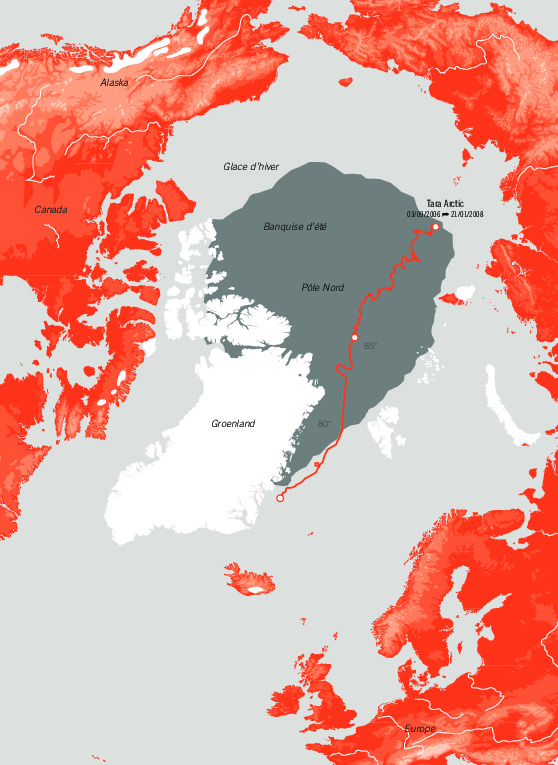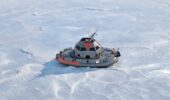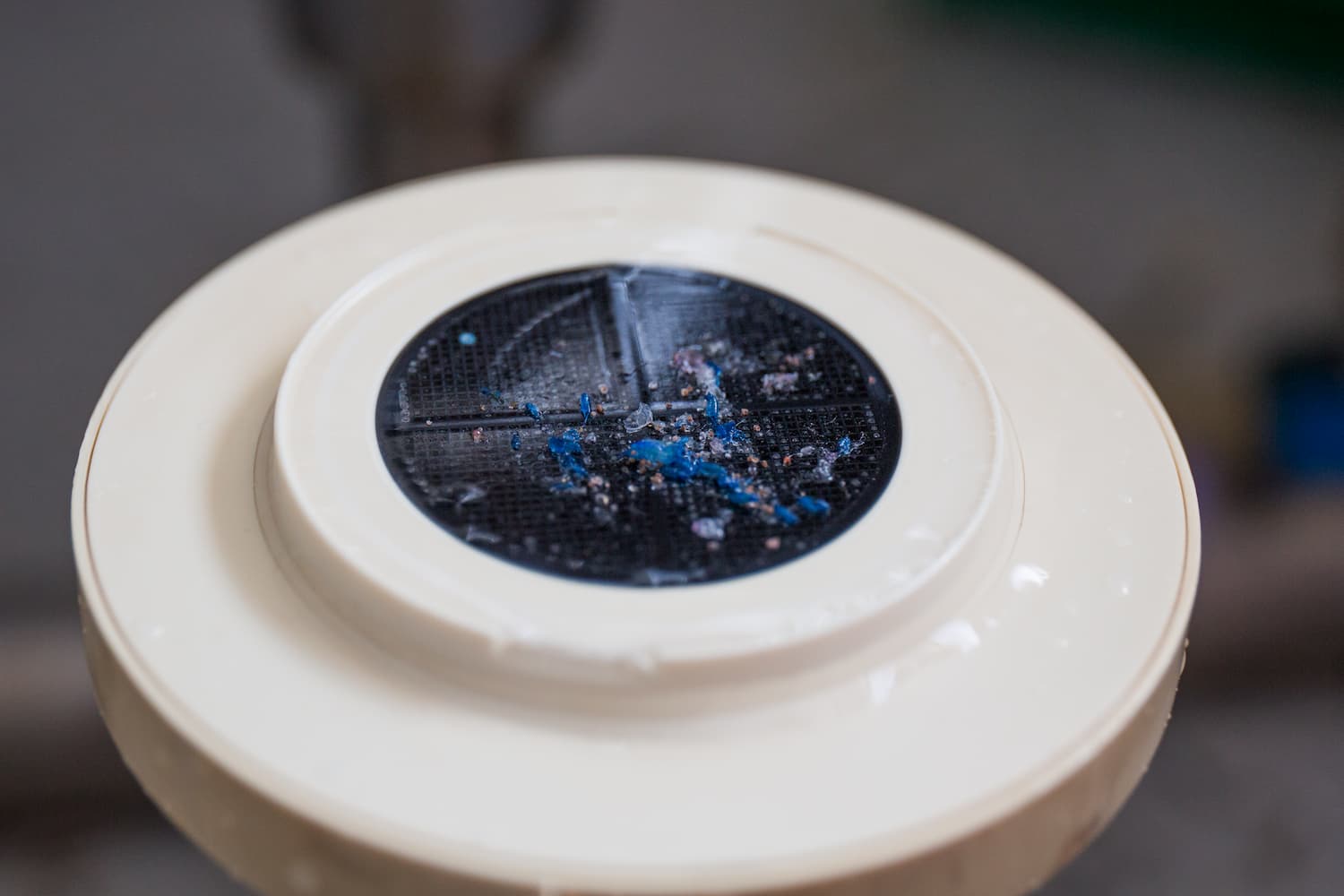
A porthole on the ocean – episode 1: Coccolithophores
Climb aboard the schooner Tara and discover the secret world of coccolithophores What are coccolithophores? What do they look like? Why are they so important for us?
Support our mission
Make a donationA high-risk 18-month expedition drifting with the sea ice on the edge of the North Pole to see the effects of climate change.
Why is the sea ice disappearing so rapidly?
What are the dynamics of the annual melt according to the seasons?
To convince people of the urgency through a unique and original human adventure at the cutting edge of the collective climatic understanding.
To be able to predict major climatic events in Europe.
Having left Lorient, its home port in May 2006, the schooner Tara and its crew undertook a human adventure as risky as it was unprecedented since the Fram of Fridtjof Nansen more than a century earlier. The International Polar Year 2007-08 offered an opportunity to invest in polar research, genuine watchdogs for climate change to come. For nearly 500 days, or two polar nights and one day each six months long, in temperatures down to -25 °C, the schooner crossed the Glacial Arctic Ocean, drifting with the sea ice. At an average speed of 10 km per day, the eleven men and women at the farthest north of all humanity, carried out readings and measurements from a depth of 3,500 m to an altitude of 2,000 m with the aim of: feeding the IPCC models to try to predict major climatic events in Europe.

In day-to-day life
Although the schooner was originally designed for this polar drift by architects Olivier Petit, Luc Bouvet and engineer Michel Franco, we never got the chance to test the accuracy of the calculations against the many assaults of the sea ice. The first time was a moment of truth…
To be there with time
The fact that we had been on the ice, in the ice and with the ice for over a year, enabled us to put our finger on the major aspects of its seasonal cycle via new simultaneous surveys of the three elements which are the atmosphere, the ocean and the sea ice.
The importance of the albedo
We were also able to understand the effects of the albedo, that fraction of solar energy reflected into space, compared to other oceanic and atmospheric phenomena which transfer a large amount of heat from the equator towards the poles, both in summer and in winter.
Lack of cold in winter
We also noticed that the ice was weakened much more in winter. Of course, the melting process takes place in summer, but the massive retreats of ice that we observe are much more associated with the processes of winter. Because winters are much less harsh than before, less cold produces less ice which melts more easily with the return of the summer sun.
Actualités



